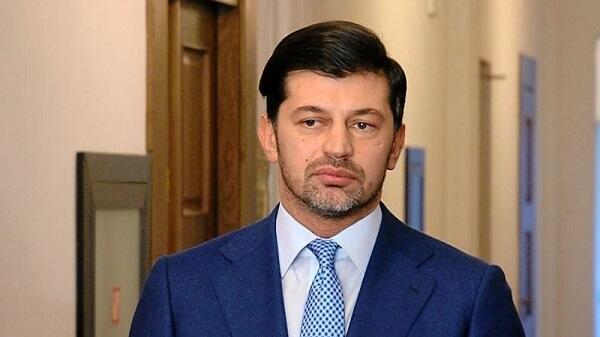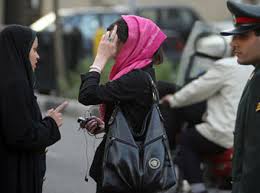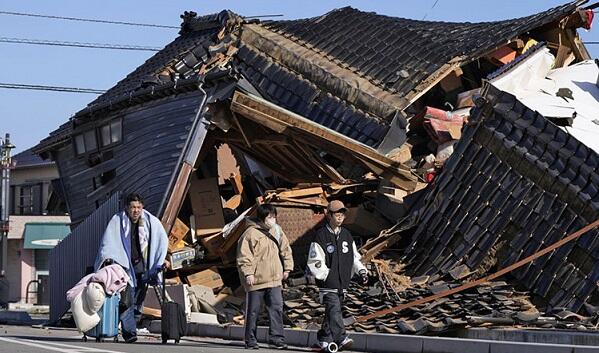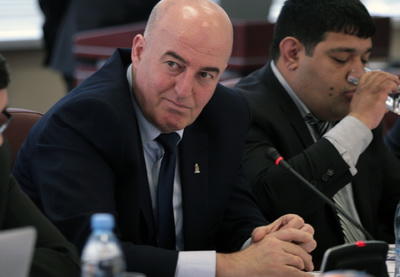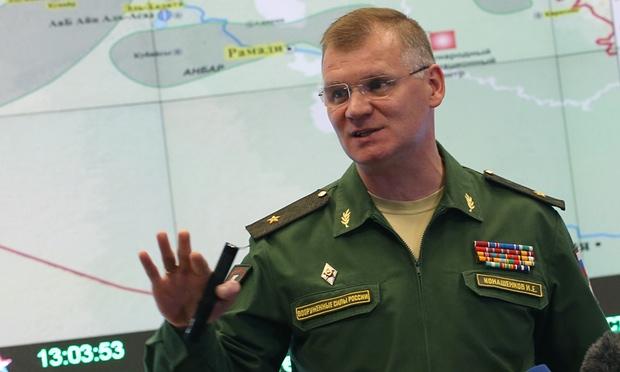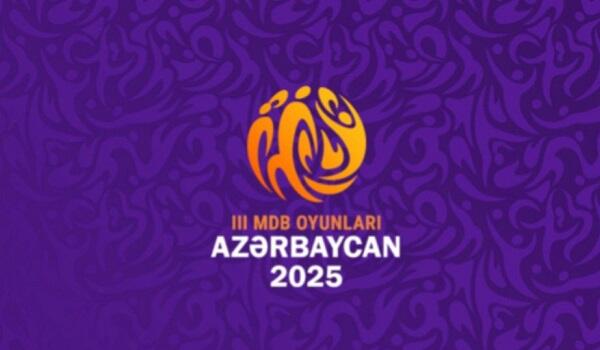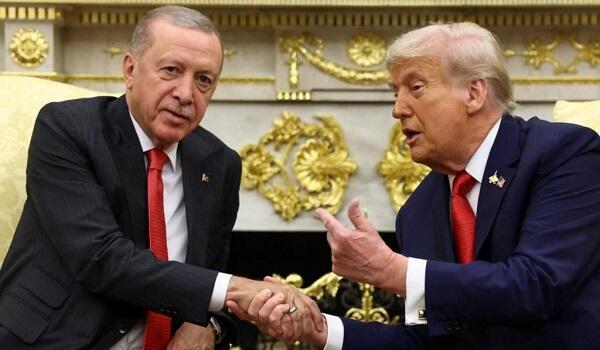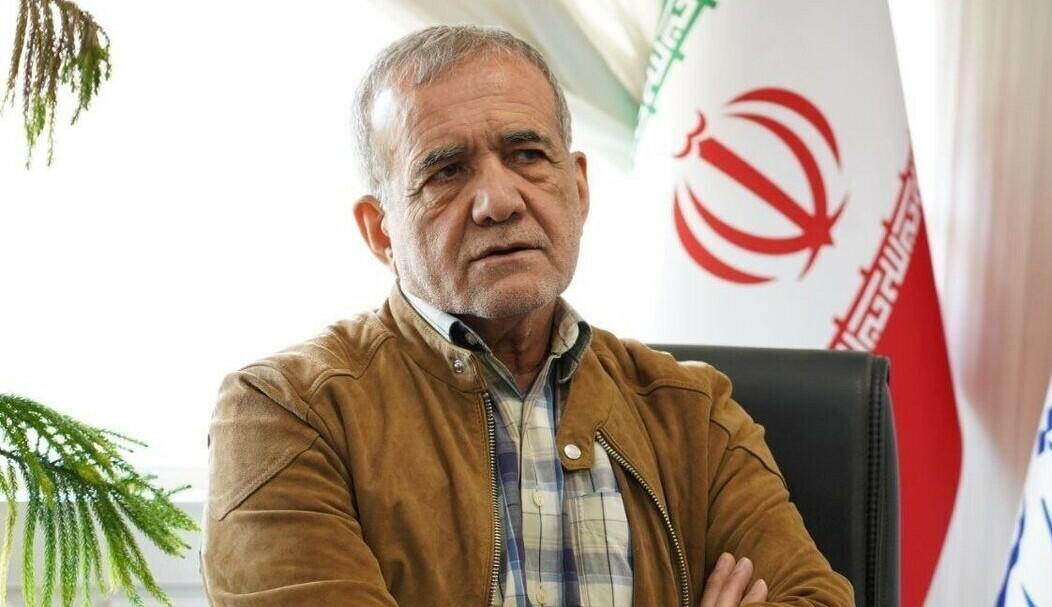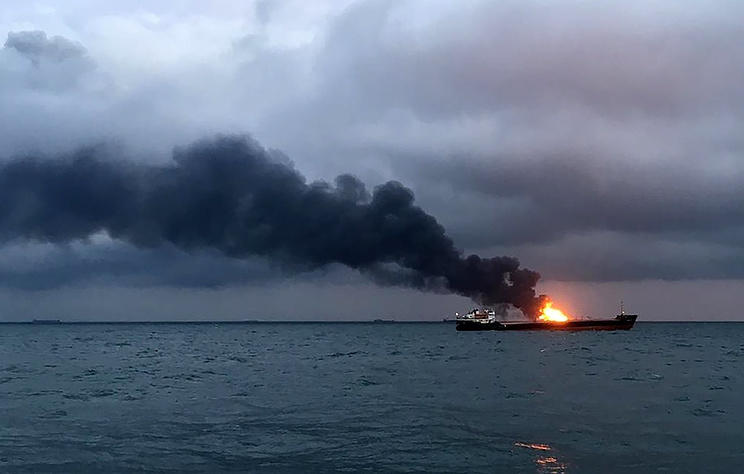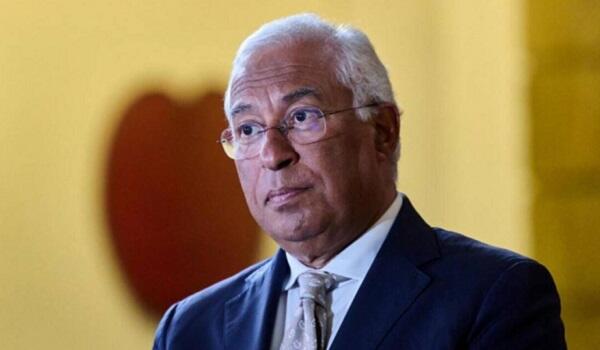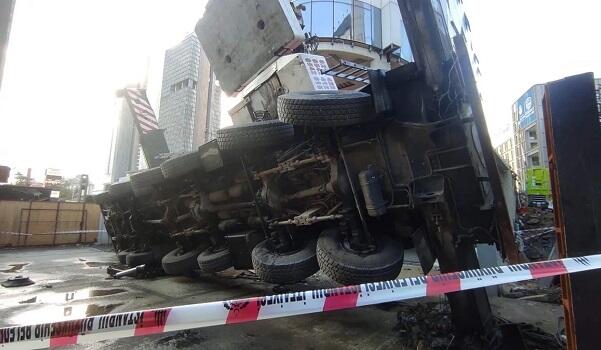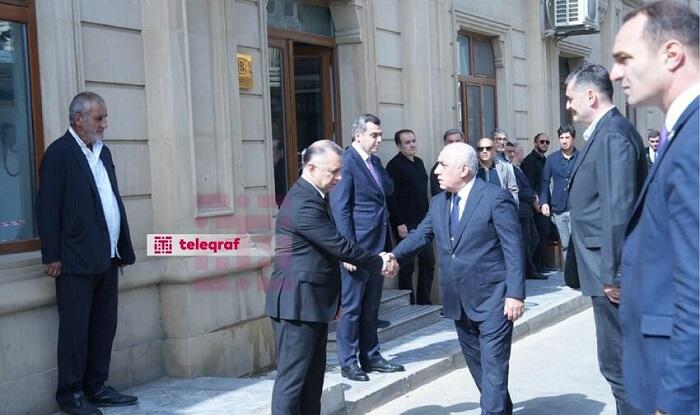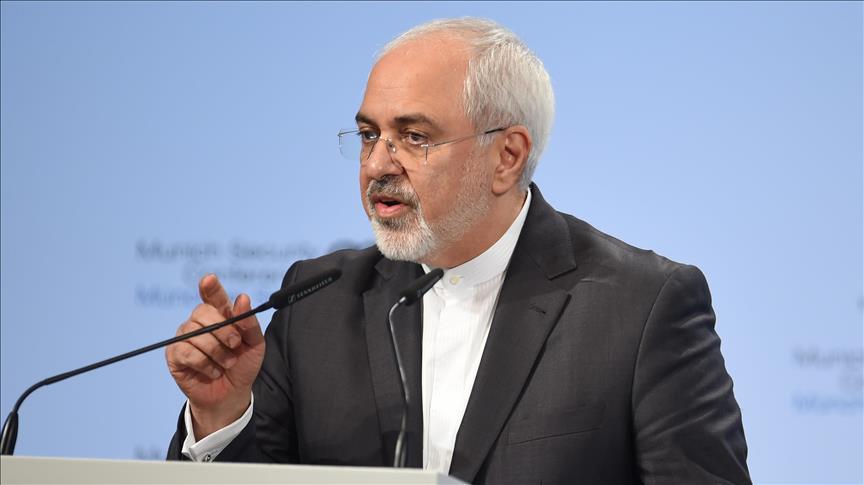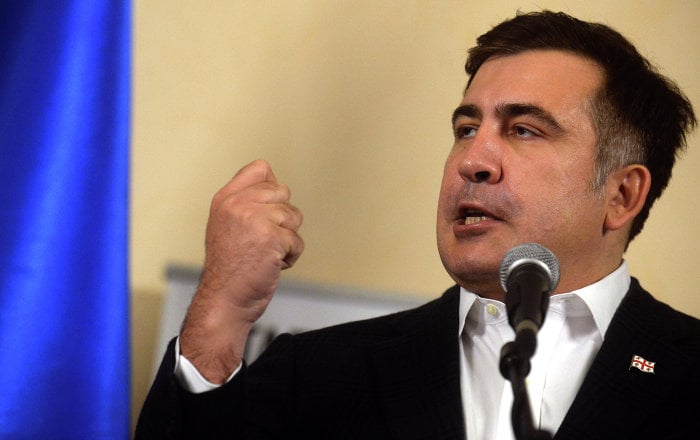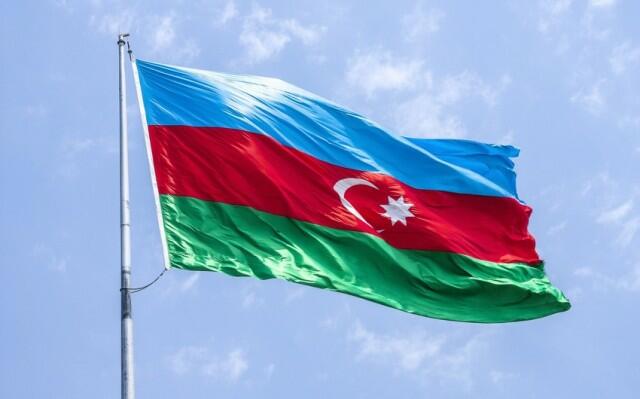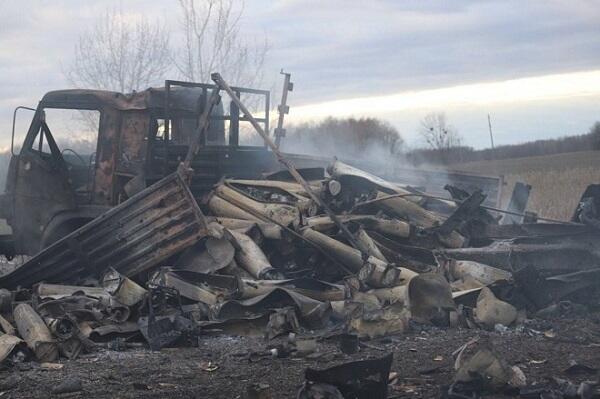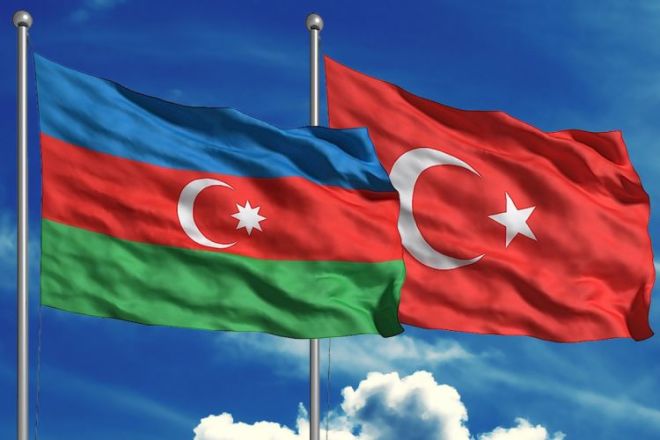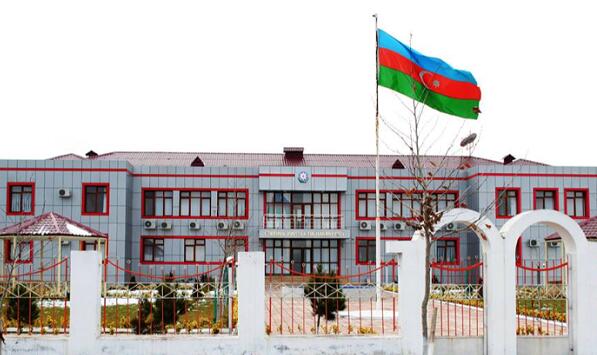Axar.az presents the article 'The Return of Western Azerbaijanis: Historical, Legal, and Strategic Dimensions.'
The Western Azerbaijanis are an ethnic Azerbaijani community that historically inhabited the territory of the present-day Republic of Armenia, but were subjected to multiple waves of forced displacement throughout the twentieth century. The final and most extensive deportation occurred between 1987 and 1991, when more than 300,000 Azerbaijanis were expelled virtually overnight, turning them into refugees. This episode constituted not only a profound humanitarian tragedy but also a flagrant violation of international law. Today, the question of return is not merely a political issue for Azerbaijan; it represents the restoration of historical justice and a prerequisite for the establishment of durable peace in the region.
A comprehensive examination of this issue requires a historical perspective. The roots of the displacement of Western Azerbaijanis lie in the nineteenth century. Following the Treaty of Gulistan (1813) and the Treaty of Turkmenchay (1828), the Russian Empire consolidated its control over the South Caucasus and orchestrated the resettlement of tens of thousands of Armenians from Iran and the Ottoman Empire into what is now Armenia (see: Statistical Data of the Erivan Governorate, 1832–1916). From that point onwards, the Western Azerbaijanis entered a period of systemic marginalization. Organized violence against local Azerbaijani communities escalated in 1905–1906, marking the first wave of mass expulsions. These hostilities resulted in the destruction of villages, massacres, and the forcible removal of Azerbaijanis from their ancestral lands.
Subsequent waves followed in the twentieth century: 1918–1920 witnessed large-scale ethnic cleansing in regions such as Iravan, Zangibasar, and Vedibasar; 1948–1953 saw the forced relocation of more than 100,000 Azerbaijanis from the Armenian SSR to the Kura–Araz lowlands of the Azerbaijani SSR by decree of the USSR Council of Ministers; and 1987–1991 culminated in the final deportation, during which the entire Azerbaijani population of Armenia was subjected to violence, expulsion, and the destruction of their homes, mosques, and cemeteries. These cumulative stages effectively transformed Armenia into a monoethnic state.
In response, more than 300,000 displaced Azerbaijanis who had taken refuge in Azerbaijan organized themselves under the Society of Refugees of Azerbaijan, later reconstituted as the Western Azerbaijan Community. In January 2023, the Community adopted and publicly presented the Return Concept, a document articulating both a legal framework and an operational strategy for the realization of the right of return. Its central objective is to secure the peaceful, safe, and dignified repatriation of Azerbaijanis expelled from Armenia. This objective is firmly rooted in international law, as enshrined in the following instruments:
1. Universal Declaration of Human Rights (1948), Article 13
2. International Covenant on Civil and Political Rights (1966), Article 12
3. European Convention on Human Rights and Protocol No. 1, Article 1
4. UNHCR Principles (1996)
According to the Concept, all forcibly displaced Azerbaijanis and their descendants retain the right of return. This process must be carried out with international guarantees, underpinned by legal verification mechanisms. To ensure security, the Concept envisions the establishment of an international peace mission operating under an international mandate. Furthermore, the restitution of property rights — or compensation by the Armenian state — is a fundamental principle. The protection of cultural heritage, including the restoration of historical sites, toponyms, and religious monuments, must also accompany the return. The Western Azerbaijan Community is designated as the legitimate representative of the displaced population in this process. Importantly, the Concept also emphasizes reconciliation: the prospect of peaceful coexistence and mutual respect between Armenians and Azerbaijanis.
The Return Concept quickly gained international visibility. On 28 March 2023, just two months after its presentation, it was circulated by the UN Secretariat as an official document of the Security Council, the General Assembly, and the Economic and Social Council. In December 2024, the Concept was presented in seven languages at UNESCO’s Fourth Global Forum in Barcelona, where it was discussed in the context of women’s leadership and peacebuilding.
The right of return, as recognized by international law, is an inalienable right and not contingent upon political negotiations. It is firmly embedded in multiple international legal instruments, including:
- Universal Declaration of Human Rights (1948), Article 13: “Everyone has the right to return to his country.”
- International Covenant on Civil and Political Rights (1966), Article 12: “No one shall be arbitrarily deprived of the right to enter his own country.”
- European Convention on Human Rights, Article 8 (respect for private and family life) and Protocol No. 1, Article 1 (protection of property).
- UNHCR Principles affirming the right of the displaced to a “safe, voluntary, and dignified” return.
While the right of return is absolute in principle, its realization depends on political will, effective security guarantees, and the creation of international mechanisms. Historical precedents illustrate the feasibility of such processes. For instance:
1. Bosnia and Herzegovina (Dayton Accords, 1995) — ensured the return of those displaced by ethnic cleansing.
2. Cyprus — European Court of Human Rights rulings on property restitution and compensation.
3. Palestinian refugees — UN General Assembly Resolution 194, affirming their right of return.
These examples demonstrate that there exist legal and diplomatic foundations for the return of Western Azerbaijanis, and that international law provides a framework for its implementation. Nevertheless, several challenges remain, including:
- Armenia’s entrenched monoethnic policies and absence of political will;
- Insufficient security guarantees;
- Lack of mechanisms for property restitution;
- Destruction of cultural heritage and difficulties of restoration.
The Return Concept of the Western Azerbaijan Community thus stands as a strategic blueprint for the restoration of historical justice, the enforcement of international law, and the establishment of sustainable peace in the region. Its recognition within UN and UNESCO platforms has conferred international legitimacy. Implementation, however, requires both national commitment and robust international cooperation. The Community bears the responsibility of pursuing documentation of deportations (archival evidence, photographs, testimonies), initiating claims before international courts and tribunals, engaging in diplomatic advocacy and information campaigns, and preparing detailed plans for security and social reintegration.
This article is published within the framework of the project “The Story of Pain”, implemented by the NGO Citizen Research and Development Public Union with the support of the Agency for State Support to Non-Governmental Organizations of the Republic of Azerbaijan.



